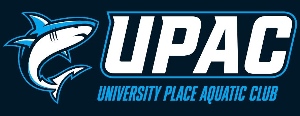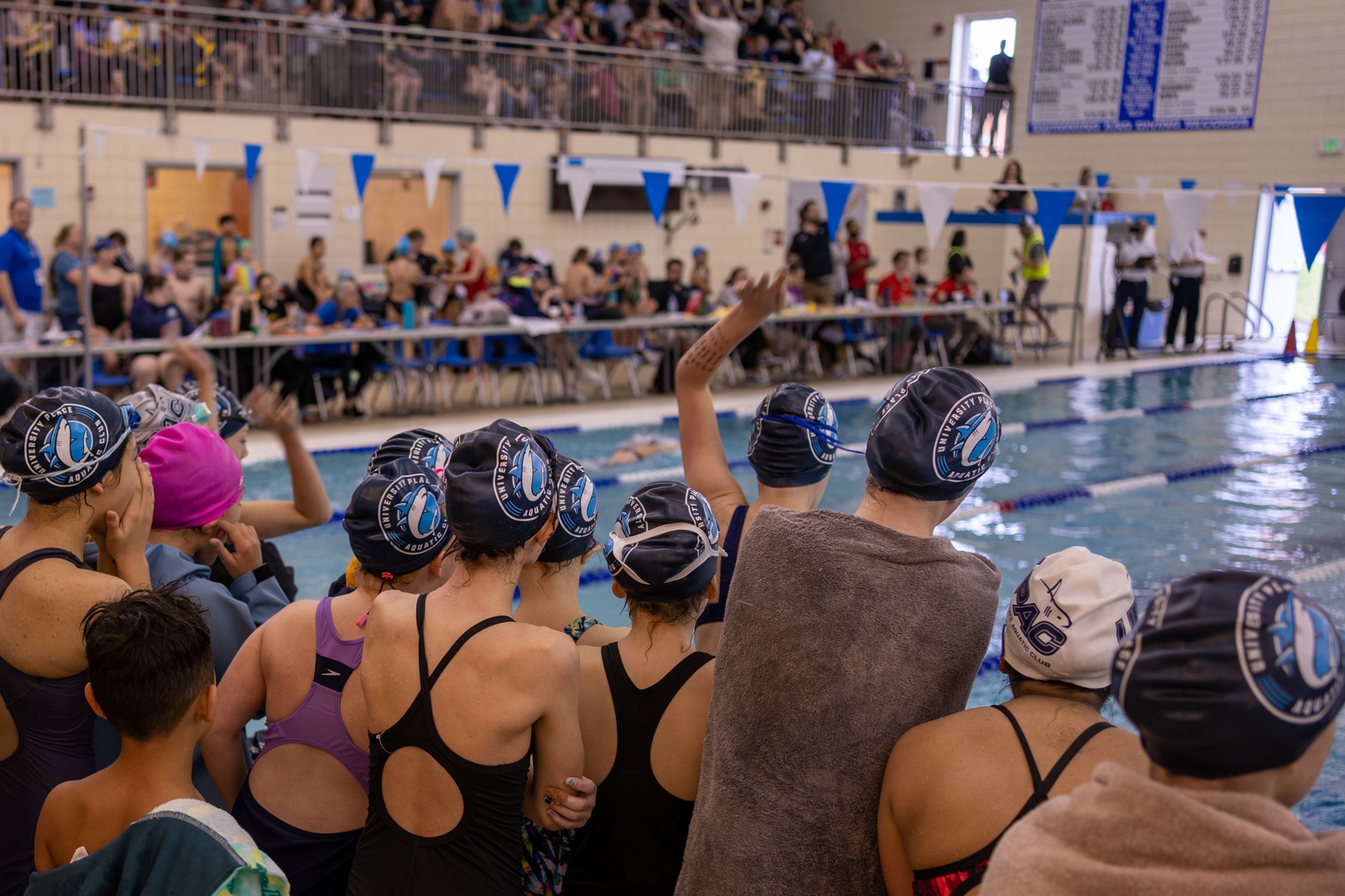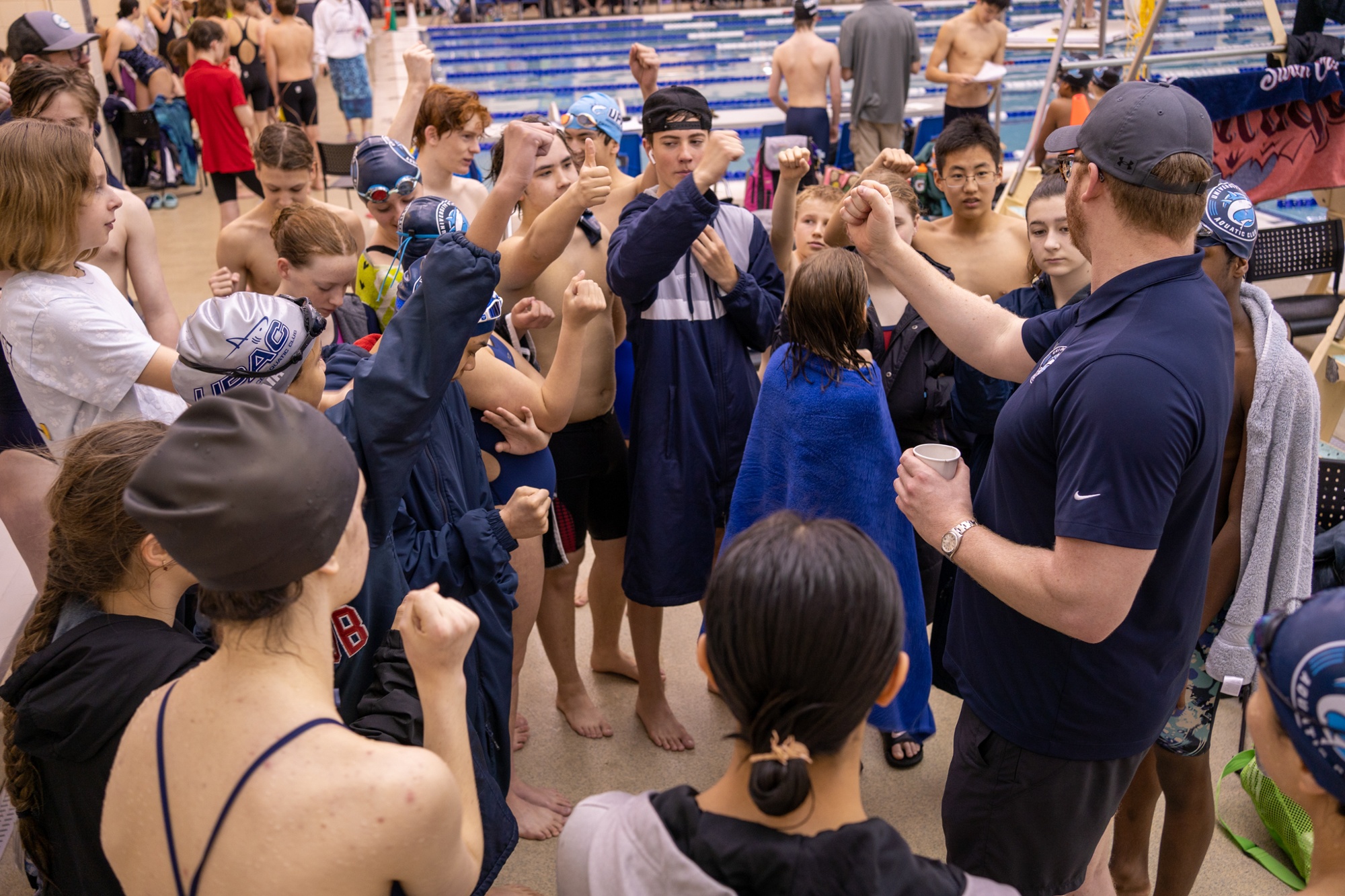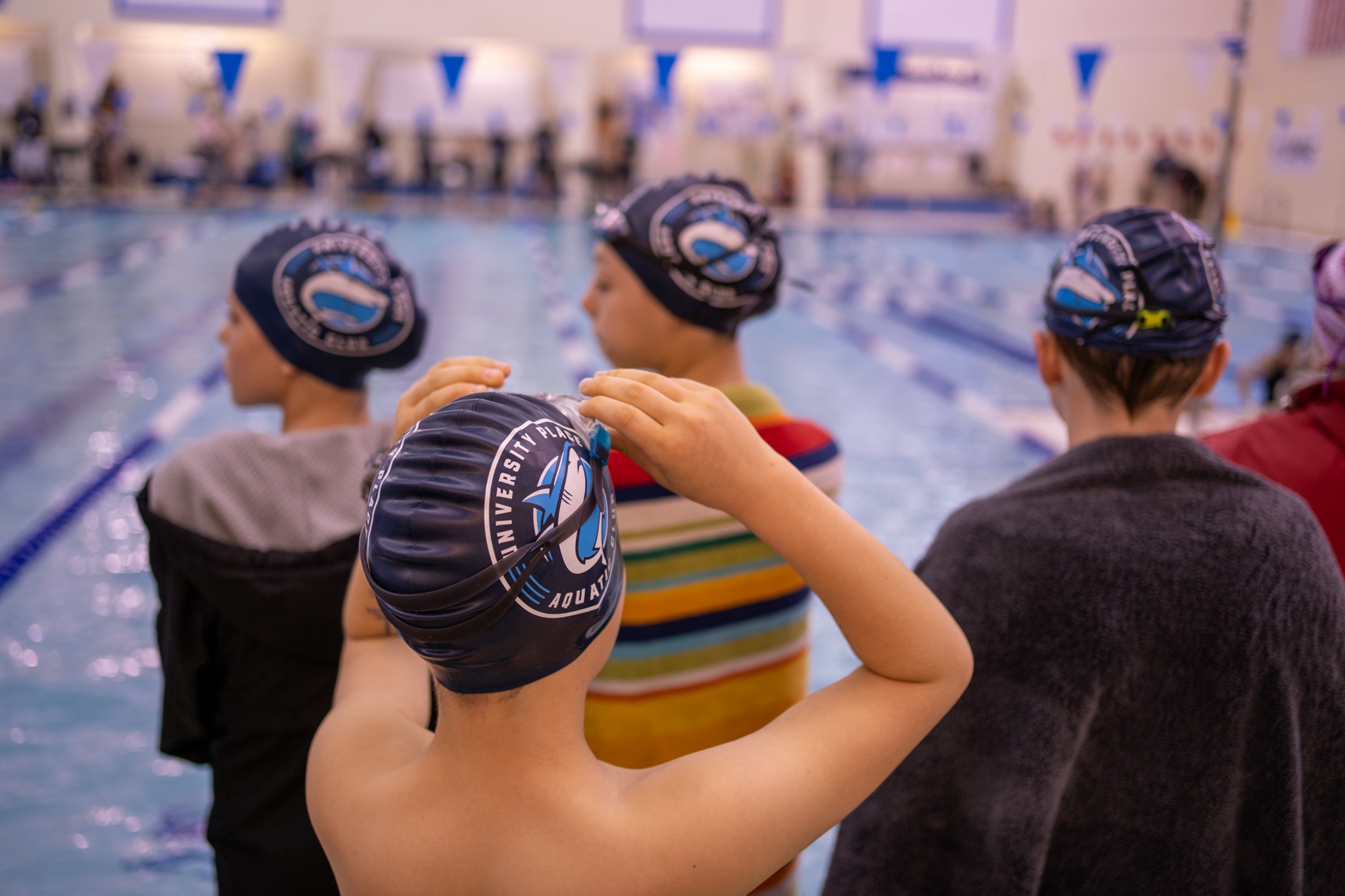USA Swimming is committed to fostering a fun, healthy, and safe environment for all its members, and in 2010, it formally implemented a comprehensive Safe Sport program to respond to and prevent instances of abuse and misconduct within the sport of swimming. Since then USA Swimming Safe Sport has worked tirelessly to educate members, put policies in place, and empower LSCs and clubs to create the best possible environments for all members.
UPAC Safe Sport Coordinator: Audra Goodman; [email protected]
To deal with a Safe Sport concern, contact USA Swimming at (719) 866-4578
Contact the U.S. Center for Safe Sport to make a report. Call 833-5US-SAFE (587-7233) or use the
online reporting form or find more information at http://www.uscenterforsafesport.org/
Full implementation of the Safe Sport Program involves six key components:
-
Policies and Guidelines
-
Screening and Selection
-
Training and Education
-
Monitoring and Supervision
-
Recognizing, Responding, and Reporting
-
Grassroots Engagement and Feedback
The USA Swimming site has tools such as dealing with a concern, a club tool kit, background check information, code of conduct policies and more. Please visit this link for the most up to date information.
Clink image to be directed to all MAAPP best practices

To complete the Athlete Protection Training Certification, please follow the directions below:
- Enter your first name, last name, and birthday. Make sure to use your legal name. Click the Search button.
- When the system finds you, click on "CONTINUE" to access the LEARN site.
- You must take three courses to complete the requirement:
- "Sexual Misconduct Awareness Education"
- "Mandatory Reporting"
- "Emotional and Physical Misconduct"
- Once you have completed your courses, your membership record will update within 24 hours with a new APT expiration date.
- Your APT will expire 12 months after you complete all three courses.
Members must always enter LEARN via https://learn.usaswimming.org/?_ga=2.56794154.1631139030.1663453251-1315371235.1663195060. If you create a non-member account, you will not receive credit for the courses that you take.
If you get a "No Results Found" message, one of three things has happened:
- You may have made a typo on your name and birthday. Double check and resubmit.
- If everything is correct and you are or have ever been a member of USA Swimming, it is possible that there is a typo in your membership information in the USA Swimming database. Contact your LSC registrar.
- You have never been registered with USA Swimming. You must join through your LSC. New members will be required to have your application form and payment processed by your LSC registrar before you can sign in to complete the course.
Free Training for Parents
Parents are a critical component to our overall goal of protecting children from sexual abuse. The comprehensive online programming includes information about how offenders operate; how to recognize and respond to boundary violations, myths and facts about child sexual abuse and USA Swimming’s Athlete Protection Policies and Procedures.
Athlete Protection Training for Parents
Free Training for Athletes (Ages 12 and older)
The training course covers:
- Inappropriate Contact
- Physical, emotional, and behavioral boundaries
- What to do if your boundaries are violated
- Who to tell
- How USA Swimming can be a resource
Free Athlete Protection Training for Minor Athletes
Free Safe Sport Activity Book for Athletes (Ages 11 and younger)
Parents, coaches, and swimmers will be able to use the books to start a conversation about positive team culture, maintaining an environment of support and safety, and all the reasons to love the sport of swimming!
Download Safe Sport Activity Book
Educational FAQ and Documents
APT Requirement for Adult Athletes 18&0 FAQ
APT Training Page 18&O Athletes and Non Athlete USA Swimming Members
Social Media and Communications FAQ






